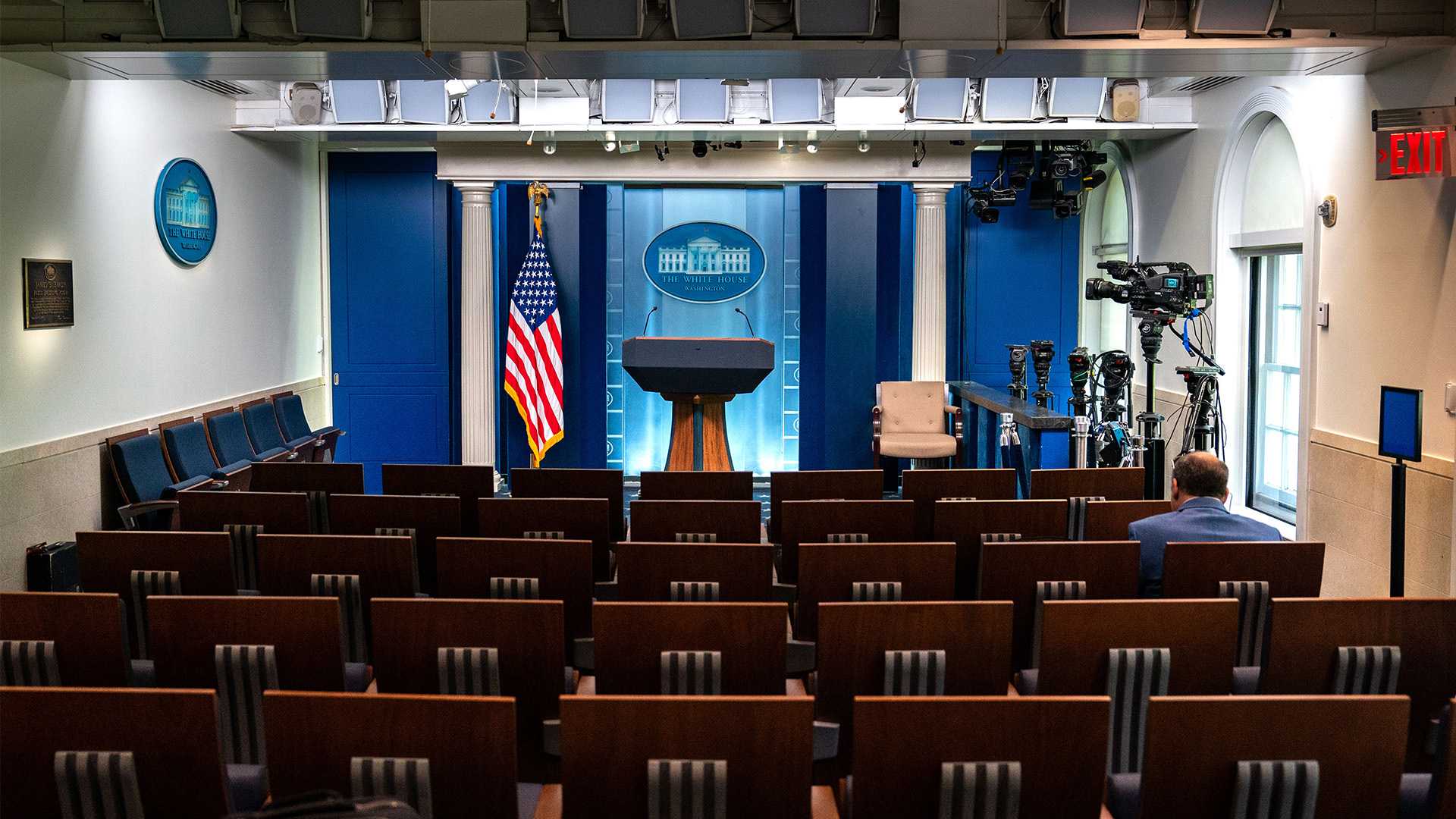Politics
Trump Administration Welcomes Far-Right Media, Squeezes Established News Outlets

WASHINGTON – The Trump administration has increasingly opened its doors to far-right media figures, allowing them greater access to the White House while restricting established news outlets.
Amid tension with traditional journalists, figures known for their controversial views have appeared more frequently in press briefings and official events. Prominent among them is former CBS News correspondent Lara Logan, who attended a recent State Department listening session on international aid, much to the surprise of many attendees. Logan has faced criticism for her embrace of various conspiracy theories in recent years.
During her speech at the session, Logan claimed foreign aid programs were rife with corruption and called for accountability. According to attendees, she demanded the imprisonment of individuals she accused of wrongdoing, reiterating her belief that funds meant for foreign aid should instead support struggling American families.
The presence of fringe media figures, such as the Gateway Pundit’s Jordan Conradson, has drawn notice as well. In a press conference with Indian Prime Minister Narendra Modi, Conradson posed a question suggesting that Modi would have more confidence in Trump compared to President Joe Biden. This shift reflects a significant reorientation in media access under the current administration.
The administration’s outreach to these independent media outlets begs the question of the implications for press freedom and the nature of reporting on governmental issues. Critics argue that such actions threaten the integrity of journalistic independence and allow fringe narratives to gain ground in political discourse.
The Associated Press has voiced its concerns regarding the administration’s approach, particularly the push for labeling the Gulf of Mexico as the Gulf of America. Following Trump’s directive, the AP’s Executive Editor Julie Pace met with White House Chief of Staff Susie Wiles, though the agency has maintained its editorial standards.
Press Secretary Karoline Leavitt has announced new initiatives to include “new media” voices in press briefings, further expanding access to media figures who have historically championed the Trump narrative. This includes reporters from outlets like Lindell TV, founded by My Pillow CEO Mike Lindell.
As mainstream outlets have been pushed out, concerns have risen among veteran journalists about the future of political reporting. With the advent of alternative media gaining traction, the administration appears to reinforce a divide that could further entrench partisan perspectives in news coverage.
This evolving media landscape marks a new era for the White House press corps and raises critical questions about accountability in reporting, the democratic role of the press, and the broader effects on public discourse.












